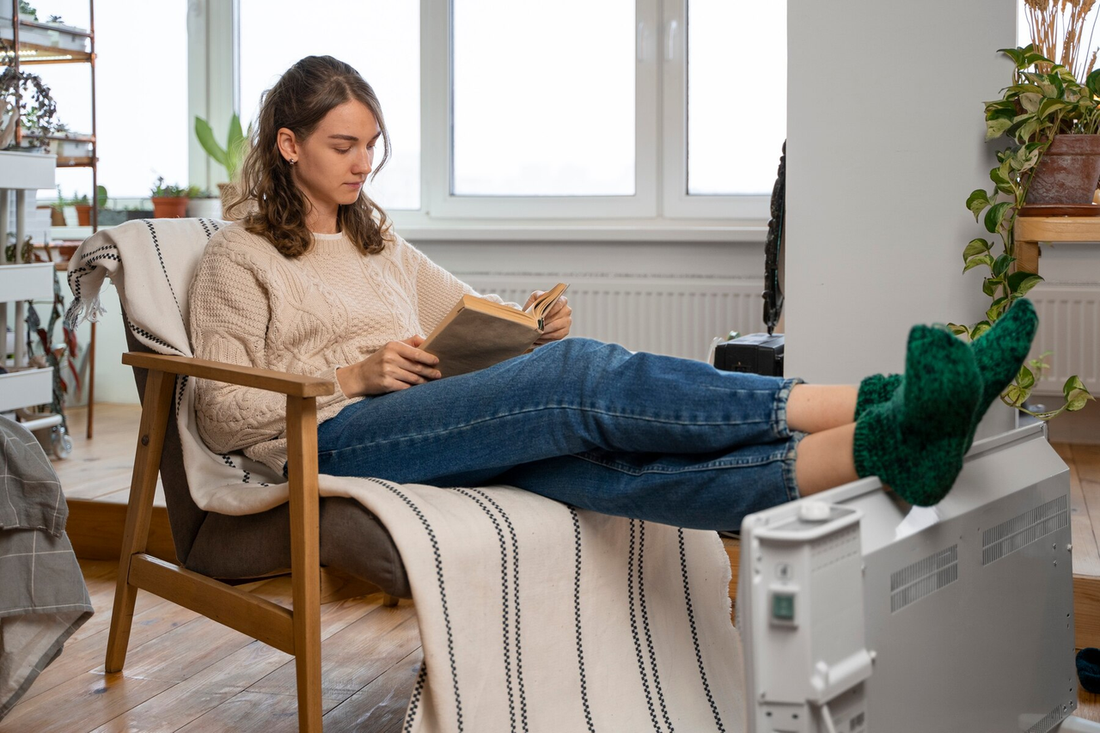Pain can be a daily challenge, but with the right strategies, you can manage and alleviate discomfort without leaving your home. By incorporating a variety of comforting tips and tricks into your routine, you can enhance your well-being and regain control over your pain. In this article, we'll explore the art of home pain control, focusing on effective techniques to help you find relief and improve your quality of life.
Relaxation Techniques:
Stress and tension can intensify pain, making relaxation techniques an essential part of home pain control. Practice deep breathing exercises, progressive muscle relaxation, or mindfulness meditation to calm your mind and body. These techniques can help reduce stress, lower your perception of pain, and promote a sense of well-being. Set aside a few minutes each day to focus on relaxation and mindfulness.
Mindful Movement:
Engaging in gentle, mindful movement can help alleviate pain and improve flexibility. Incorporate activities such as yoga, tai chi, or gentle stretching into your daily routine. These exercises promote relaxation, increase blood flow, and reduce muscle tension. Focus on slow, controlled movements and listen to your body to avoid overexertion.
Heat and Cold Therapy:
Using heat and cold therapy can provide immediate pain relief. Apply a heating pad, warm towel, or hot water bottle to relax tight muscles and improve circulation. Alternatively, use an ice pack or cold compress to numb sharp pain and reduce inflammation. Experiment with both heat and cold therapy to determine which works best for your specific type of pain.
Natural Remedies:
Several natural remedies can help manage pain effectively. Essential oils like lavender, peppermint, and eucalyptus have analgesic and anti-inflammatory properties. You can apply these oils topically (diluted with a carrier oil) or use them in a diffuser to create a calming environment. Herbal teas, such as chamomile or ginger tea, can also help reduce pain and promote relaxation.
Ergonomic Adjustments:
Making ergonomic adjustments to your home environment can prevent and alleviate pain. Ensure your workstation is set up to support good posture, with your computer screen at eye level and your chair providing adequate lumbar support. When sitting for long periods, use a cushion or rolled-up towel to support your lower back. Adjust your sleeping position by using pillows to maintain spinal alignment and reduce pressure points.
Hydration and Nutrition:
Proper hydration and nutrition play a crucial role in managing pain. Drink plenty of water throughout the day to stay hydrated and support overall health. Consume a balanced diet rich in anti-inflammatory foods such as fruits, vegetables, lean proteins, and healthy fats. Avoid processed foods, excessive caffeine, and alcohol, as they can contribute to inflammation and exacerbate pain.
Massage and Self-Care:
Regular massage can help relieve muscle tension, improve circulation, and reduce pain. You can perform self-massage using your hands, a massage tool, or a foam roller. Focus on areas where you feel the most tension, and use gentle, circular motions to promote relaxation. Additionally, prioritize self-care activities such as taking warm baths, practicing hobbies, and getting enough rest to support your overall well-being.
Home pain control is an art that involves combining various techniques to find what works best for you. By incorporating relaxation techniques, mindful movement, heat and cold therapy, natural remedies, ergonomic adjustments, proper hydration and nutrition, and regular self-care, you can effectively manage and alleviate pain from the comfort of your home. Remember to listen to your body, pace yourself, and seek professional advice if your pain persists or worsens. With these comforting tips and tricks, you can take charge of your pain management and enhance your quality of life.




